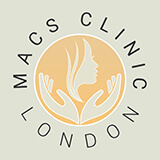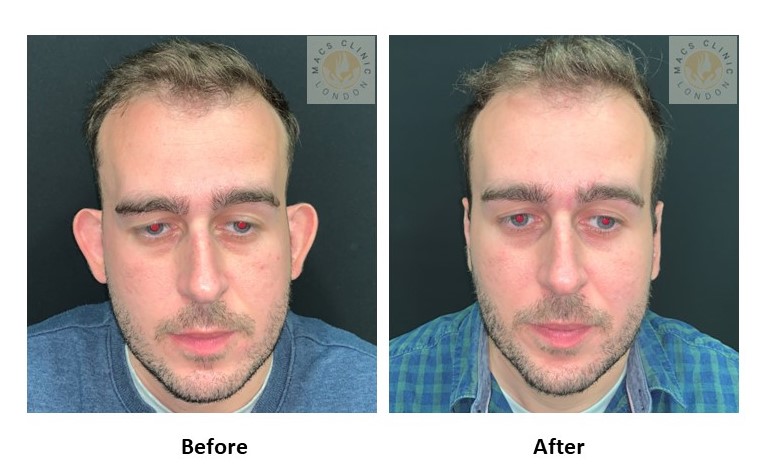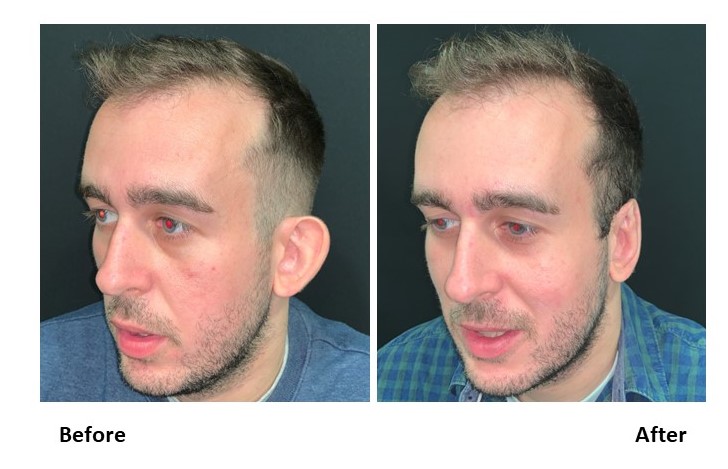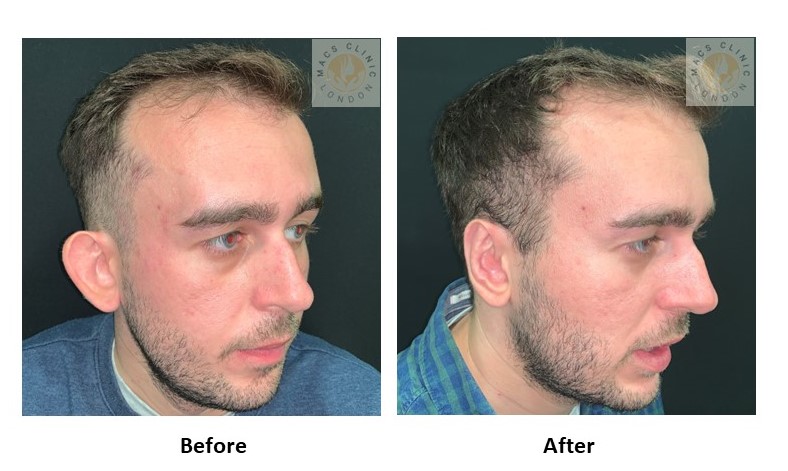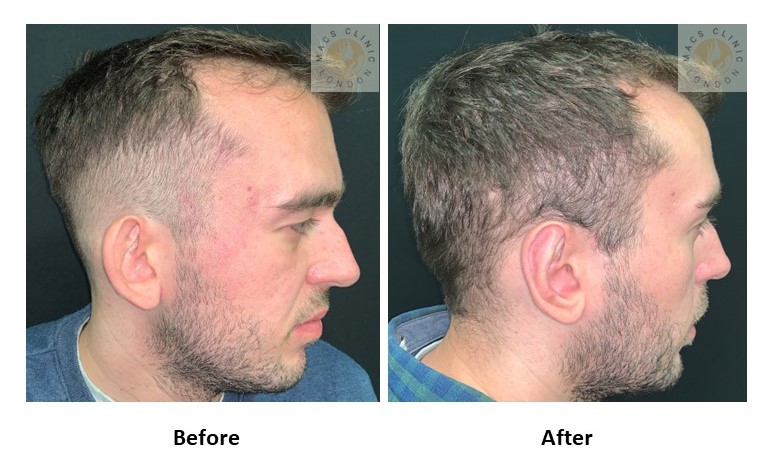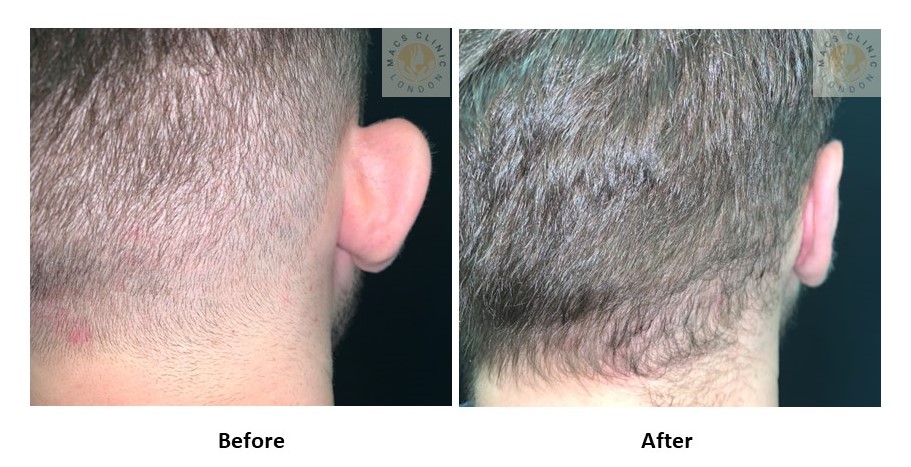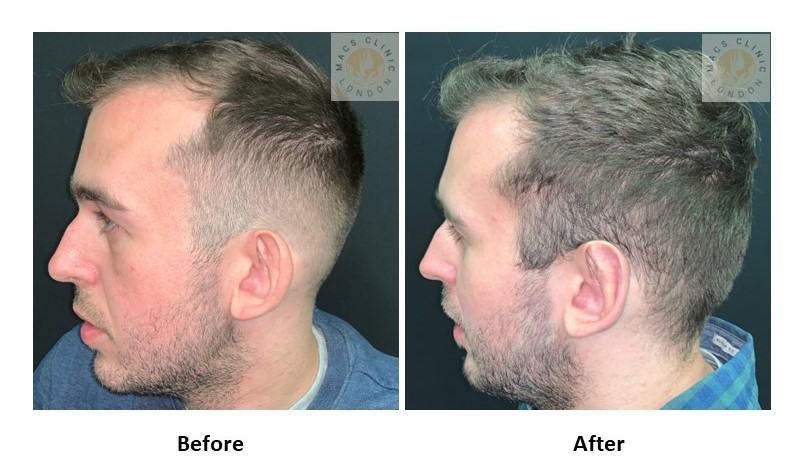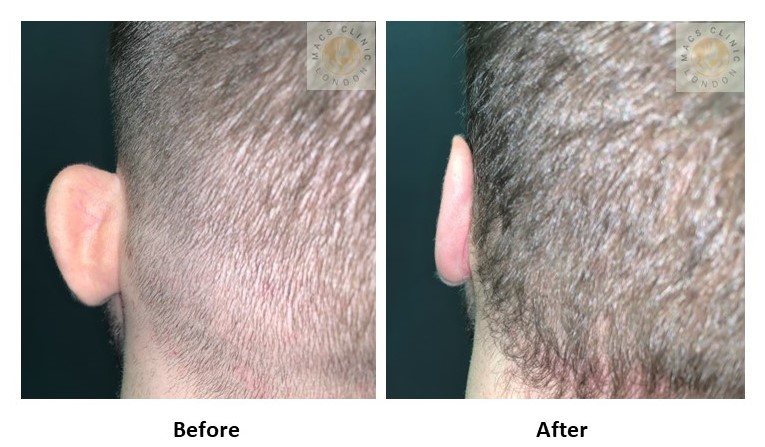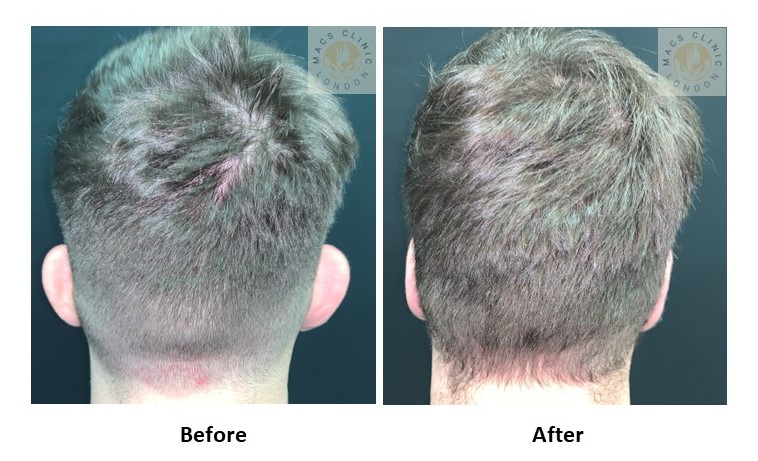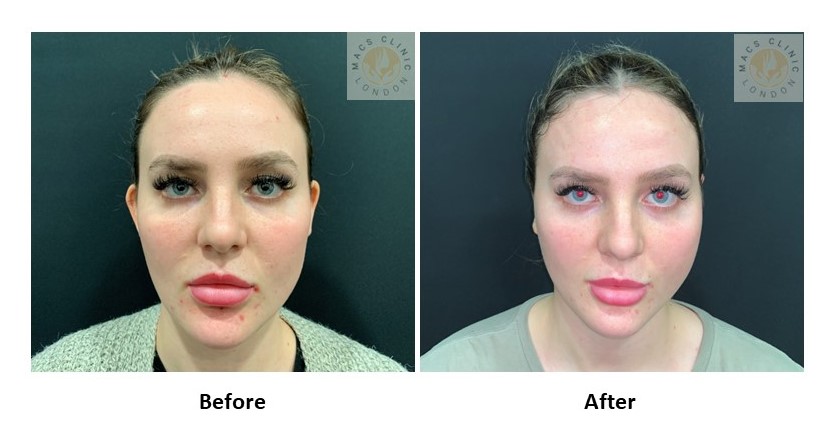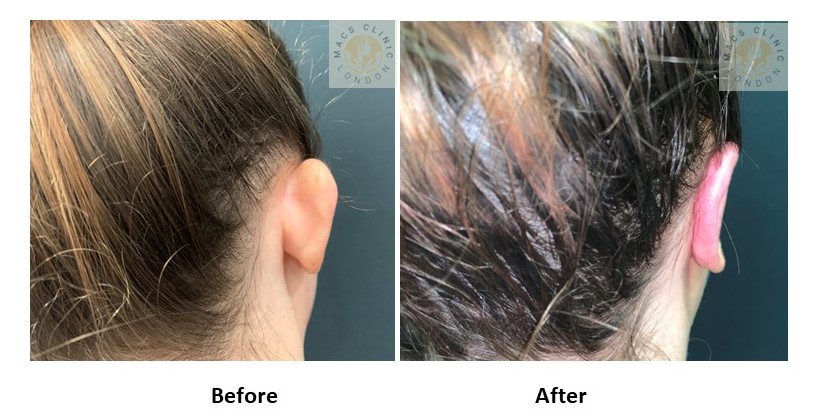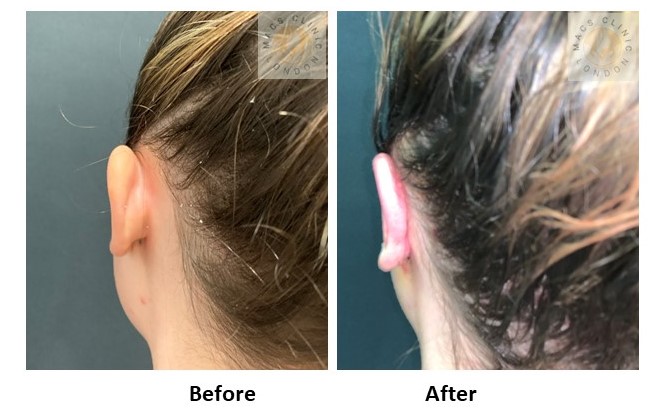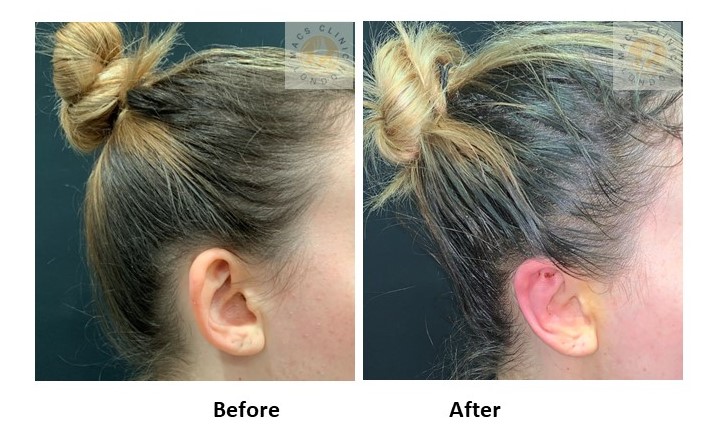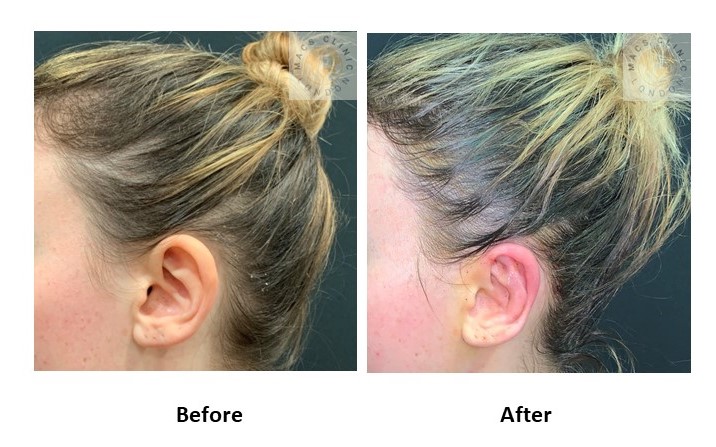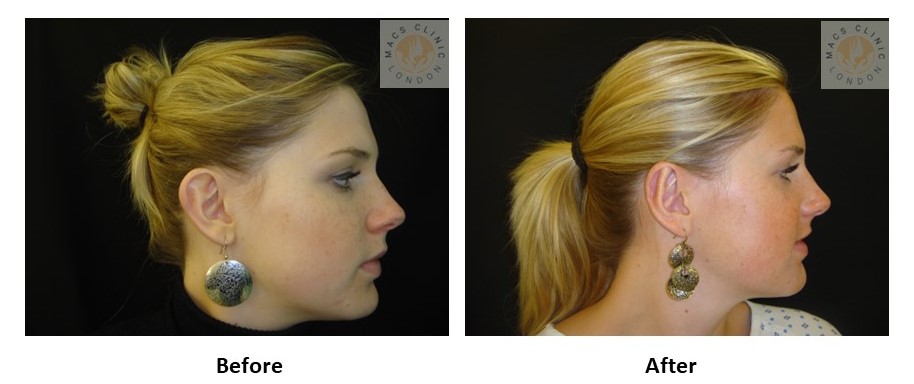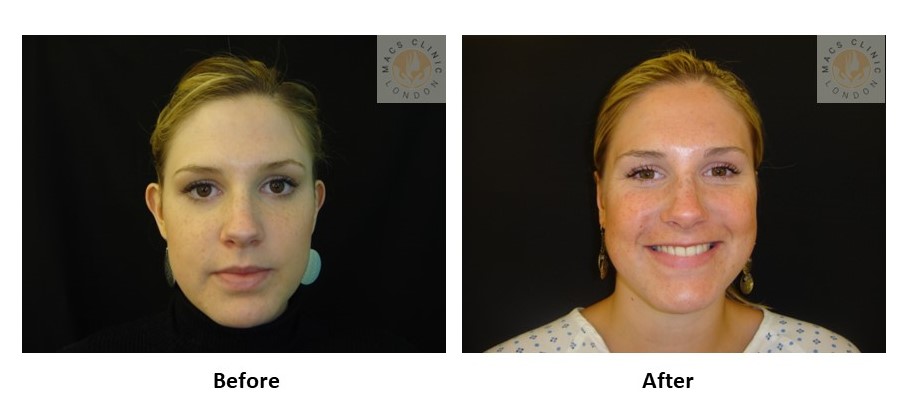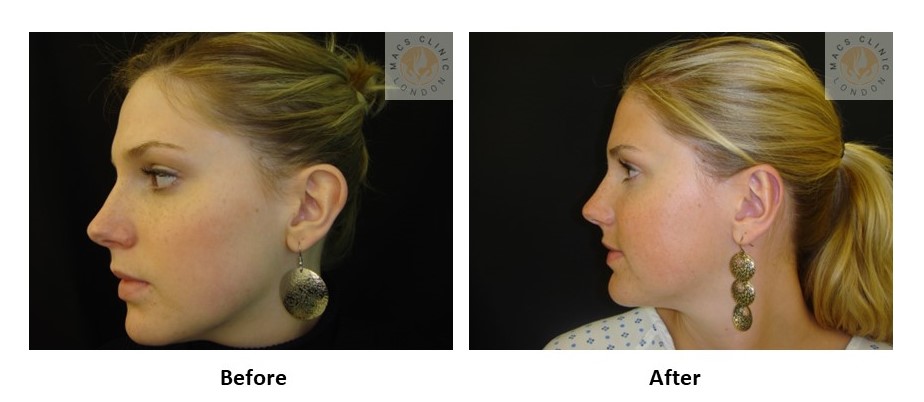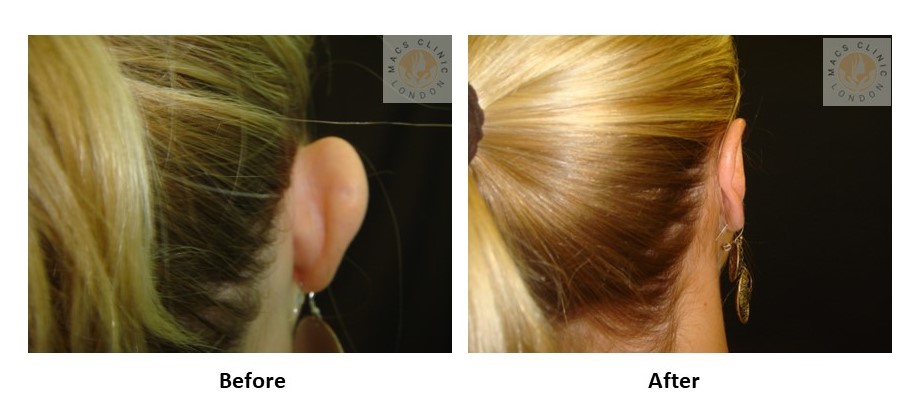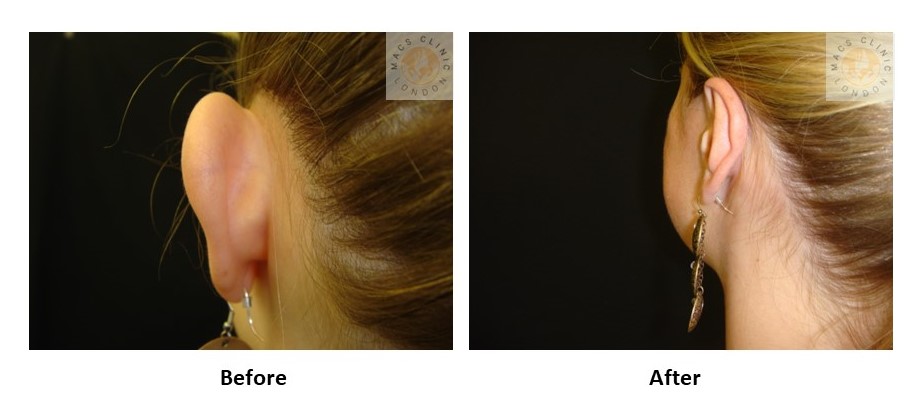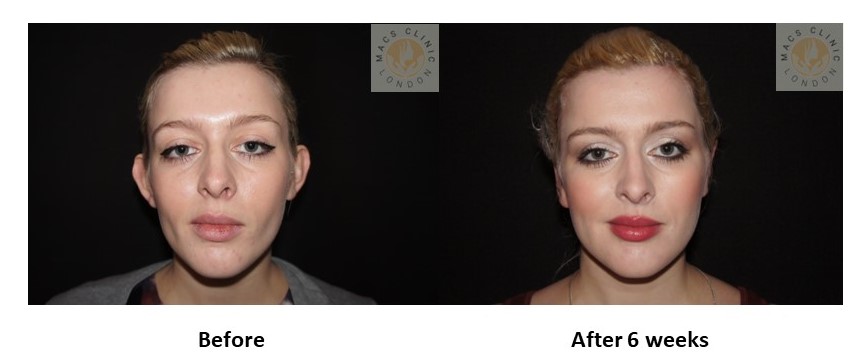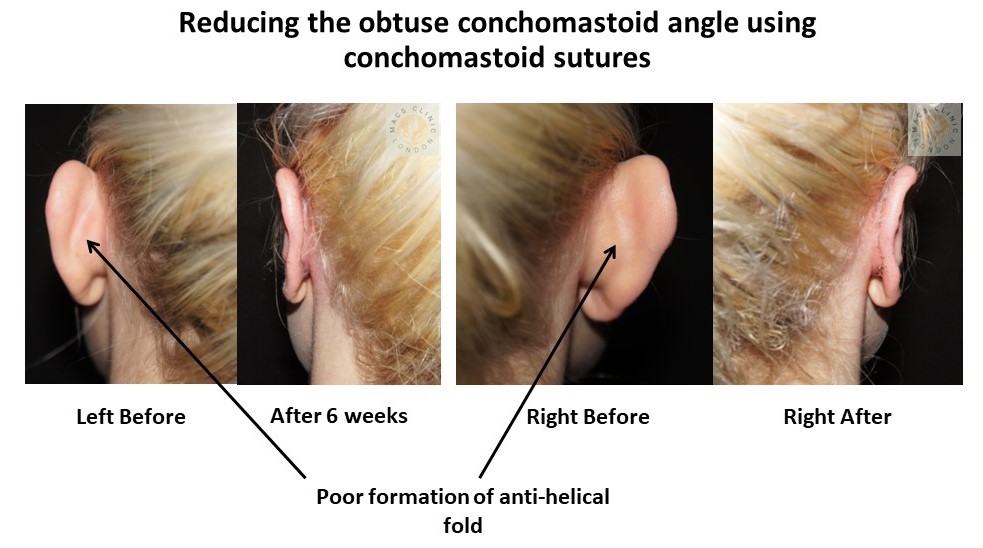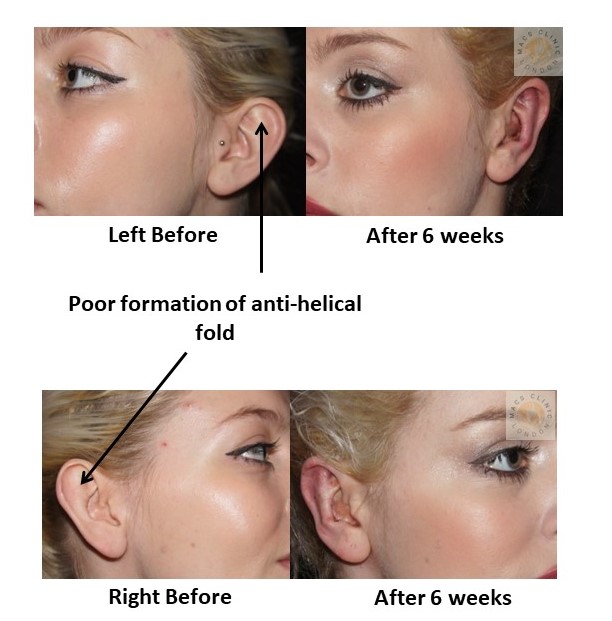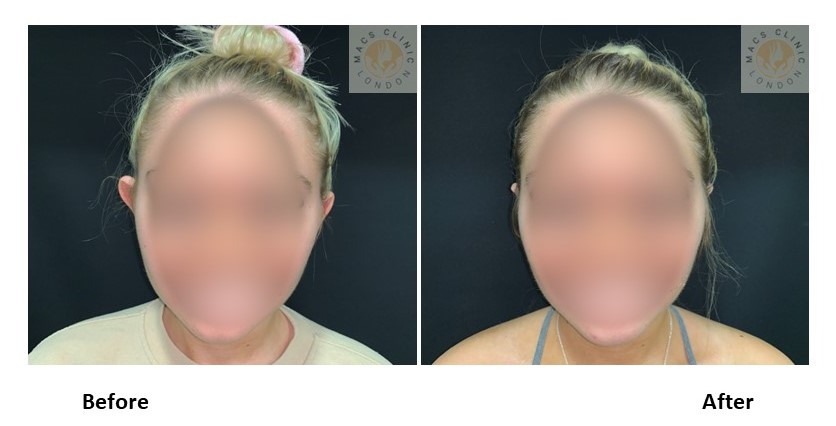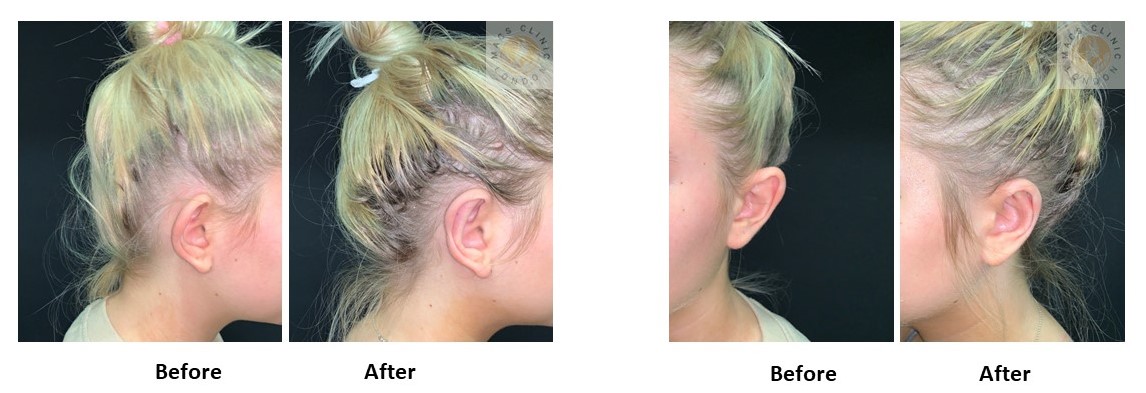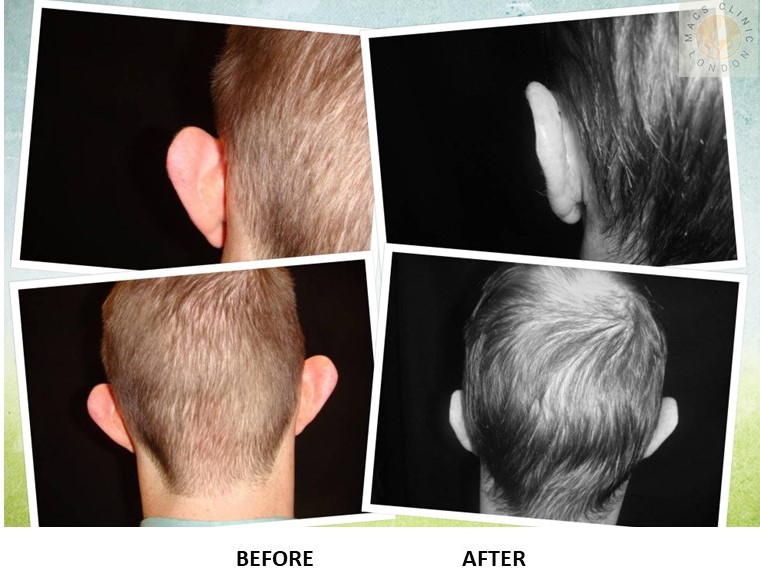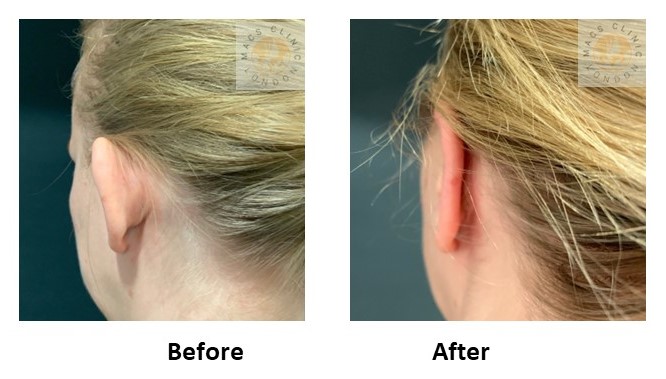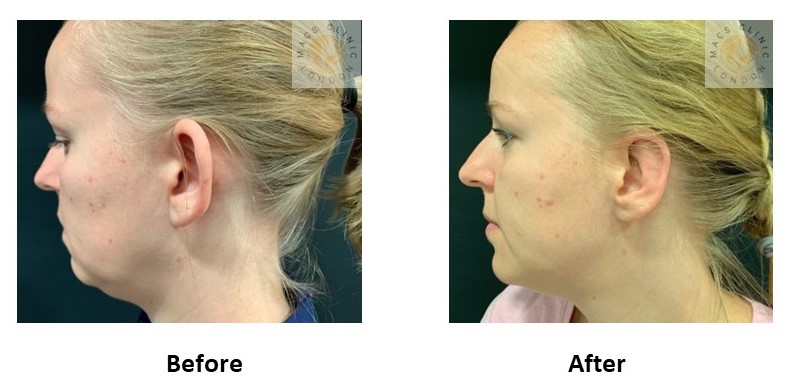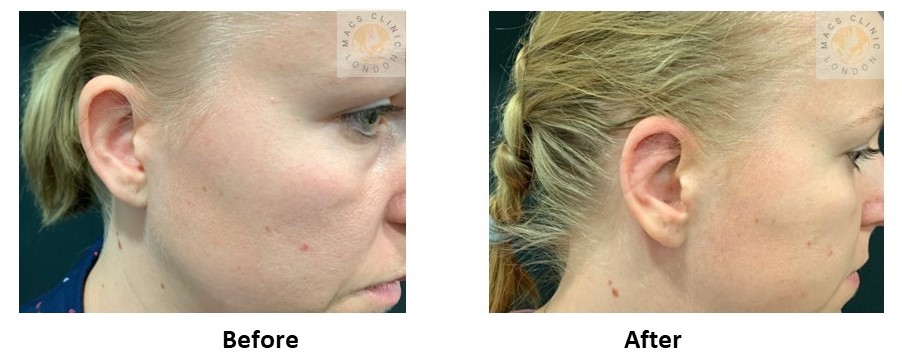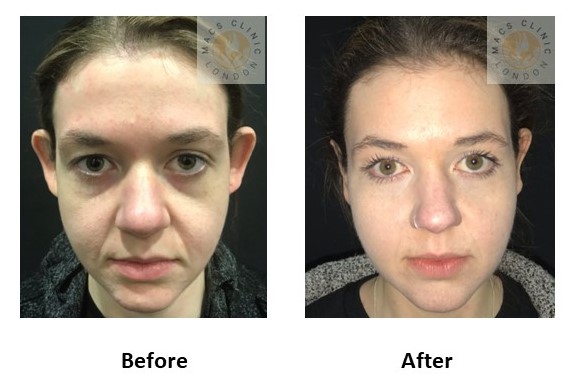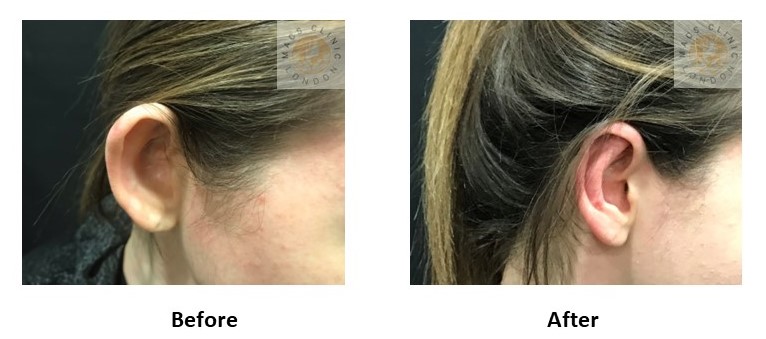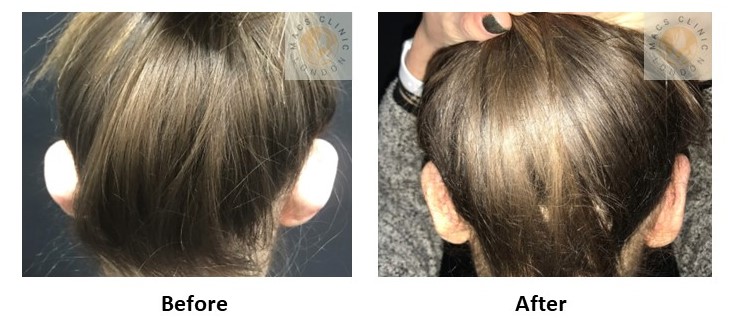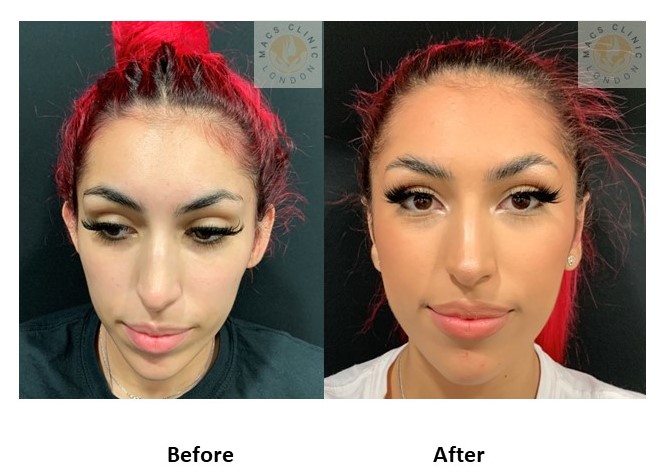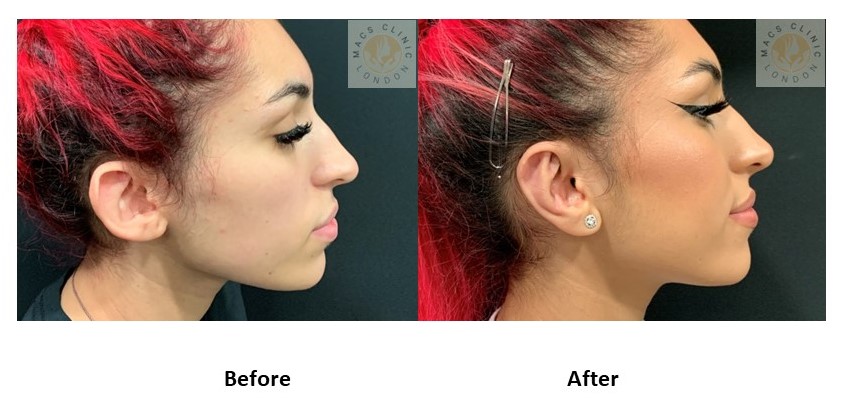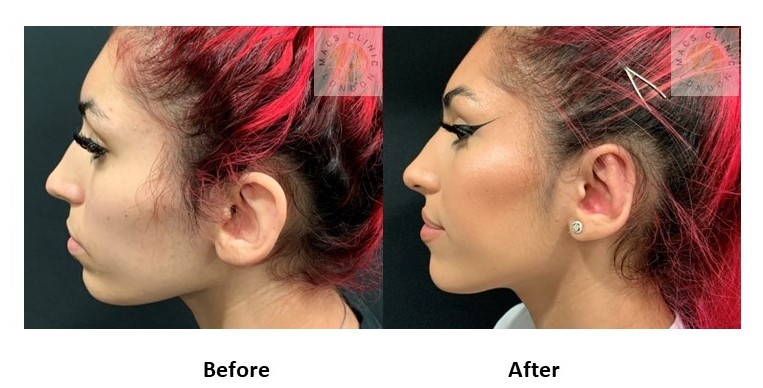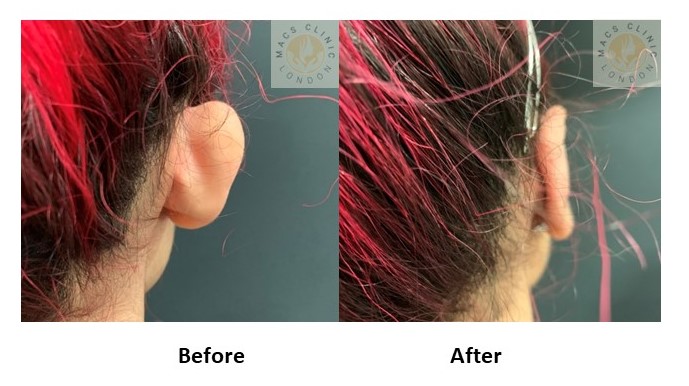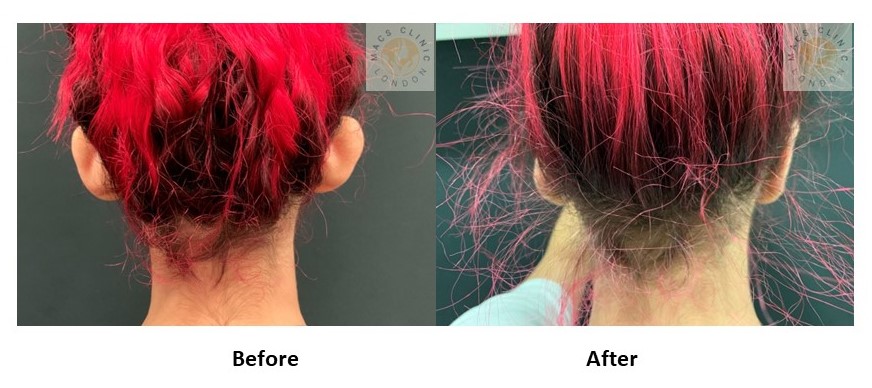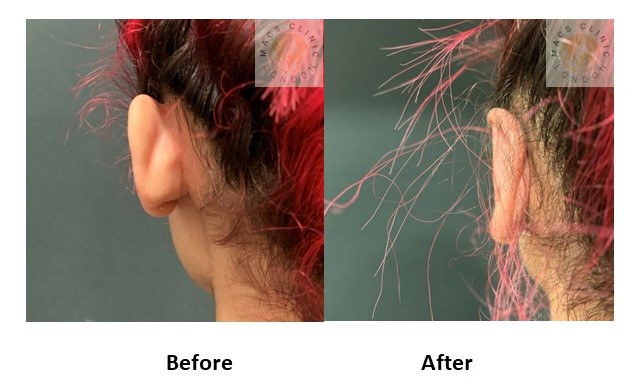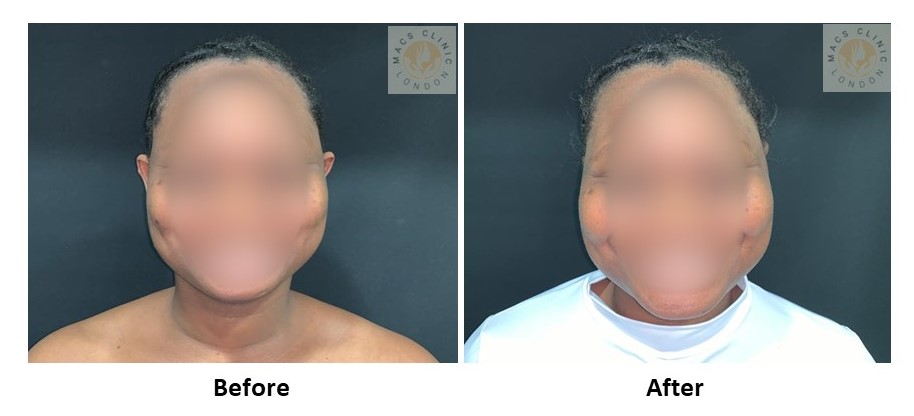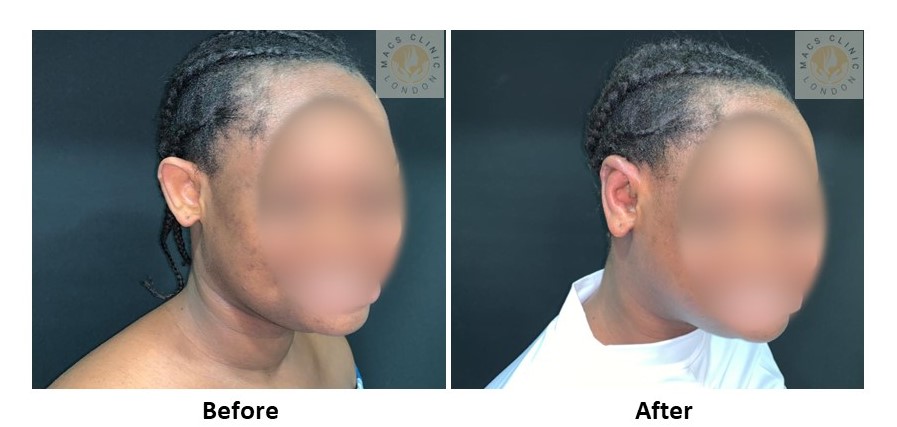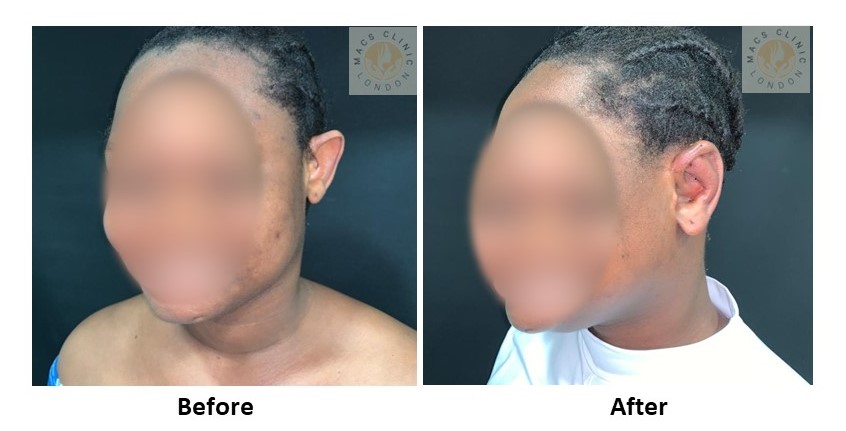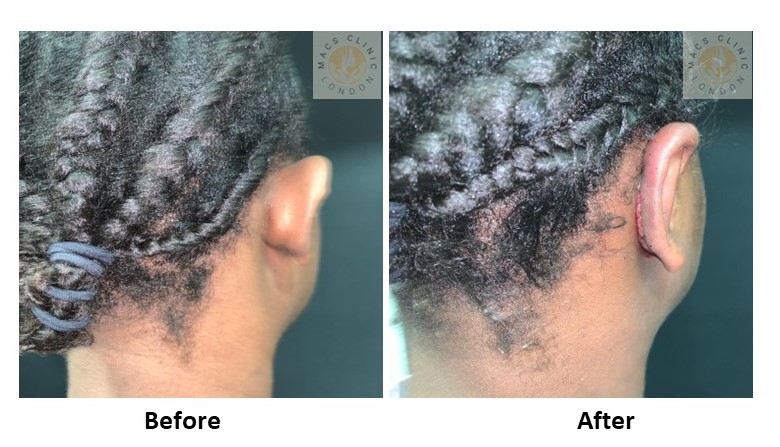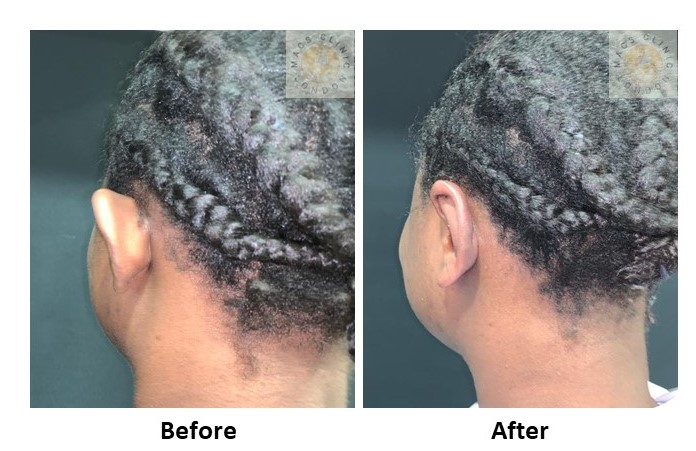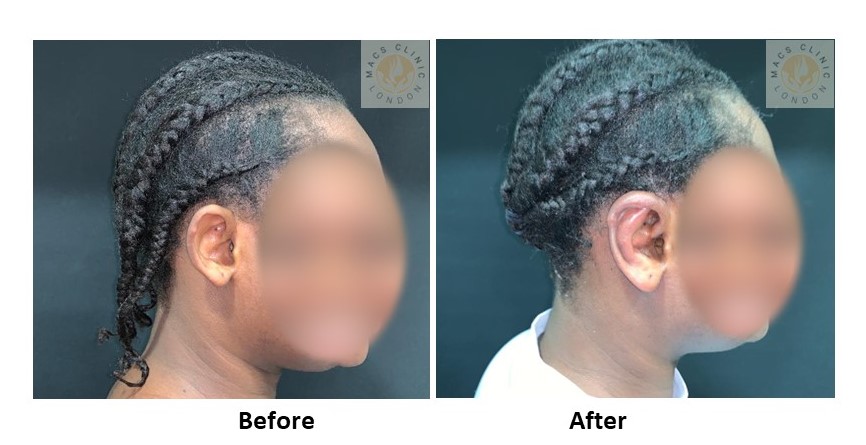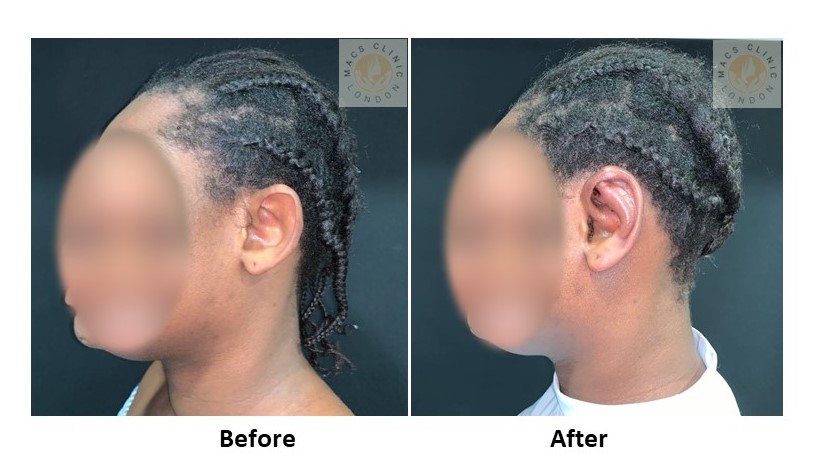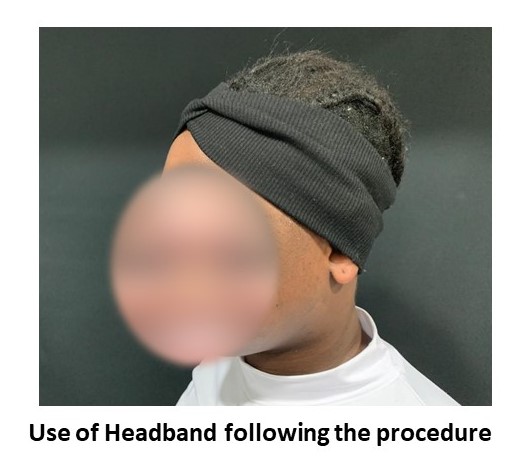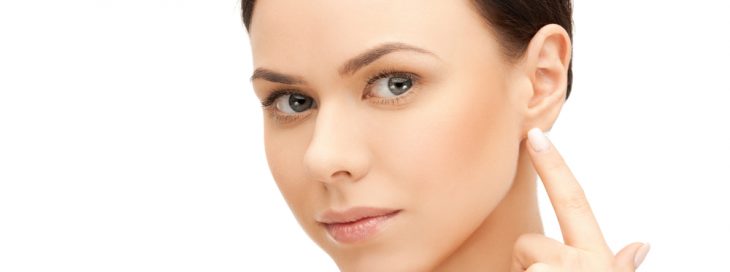
Correction of prominent ears is also known as ‘set back otoplasty’ or pinnaplasty. Approximately 1 to 2% of the population in the United Kingdom believe their ears to be prominent. It could be either on both sides or could be only on one side. The degree of prominence of ears can also vary on either side of the same person. This is also known as asymmetric prominent ears. People with such deformity of external ears can be teased and bullied during their growing age. It can also affect their self-esteem. Women can become self-conscious when trying to have a hairstyle in which they tie their hair up. In such cases, the prominent ears can be more visible. This is commonly observed in air hostesses during their essential demonstration of safety logistics to the passengers. Men increasingly become self-conscious of prominent ears because of their hair loss during their middle age.
There is either absence or poor formation of the natural fold of ear particularly in the upper half (anti-helical fold). This is because of the variations in the shape of soft bone ( conchal cartilage). This could be associated with a wider distance between the side of the head and ear (concho-mastoid angle). Prominent ear can be associated with a bigger size of the ear and/or with the bigger size of the ear lobule.
The correction of the prominent ears can be performed by sculpturing the natural fold ( antihelical fold) in the upper pole by using sutures within the ear cartilage . The width between the side of the head and the ear can be narrowed by sutures between them. This technique is known as ‘suture technique’.Many surgeons would prefer weakening the ear cartilage ( scoring technique ) to reconstruct the natural fold of the upper pole. The procedure is done by making a cut in the back of the ear ( retro-auricular space). The size of the ear/ lobule can be reduced at the time of prominent ear correction if required (Conchal reduction/ear lobule reduction). Local anaesthetic is preferred in adult patients. It is safe and also cost-effective. Children between 5 and 15 years will require general anaesthetics.
You are expected to inform your surgeon about your past and current illnesses e.g. heart, lung, thyroid, kidney, bleeding, clotting, and psychological disorders. You must update your surgeon on your current medications e.g. steroids, immunosuppressants, blood thinning tablets and injections. You must stop smoking 6 weeks before the date of your operation. Your surgeon will advise you to stop blood-thinning tablets approximately 10 days before the date of your operation. You should confirm by yourself that you are not pregnant at the time of undergoing this procedure.
You must stop smoking six weeks before the date of your operation. You should follow the instructions regarding use of blood thinning medications e.g Aspirin and Warfarin must be stopped 10 days before the date of your operation. You must maintain your personal hygiene and hydration around the date of your operation. You would expect to have variable degree of dizziness and sleepiness depending upon the type and the length of the anaesthetic used for your procedure. You will see that your head is covered with bulky turban dressing. You would also expect to have a degree of swelling, bruising and discolouration around your operated area. You would be expected to keep your turban bandage for a period of 5 to 7 days as per your surgeon’s instructions. You will be advised to take painkillers and antibiotics as appropriate by the medical team in the clinic at the time of discharge. You should not drive home. You should not commence strenuous exercise and sexual activities in the early postoperative period without your surgeon’s permission. You should not start smoking for at least 4 weeks in the postoperative period. You should rest in a semi-sitting position for 72 hours. You should not commence with swimming, gym based exercise and contact sports for a period of 4 -6 weeks following the procedure.
You have been informed that the procedures is not essential but you wish to get this done to improve your appearance. The science of facial aesthetics is very wide based. You must educate yourself about available options and alternatives before the date of your initial consultation with your surgeon. There are other options available for limited prominent ear correction by using Ear Fold device, although this technique does not allow correction of widened distance between the ear and the side of the head (concho-mastoid angle).
It is essential for you to discuss with your surgeon and make sure that you understand the associated risks and the consequences of the procedure you have decided to undergo. Scars-thickening, stretching, hyper and hypopigmentation, bleeding, wound gaping and delayed wound healing, loss of skin, soft tissue and cartilage which can eventually lead to ‘cauliflower ear deformity. Wound infection leading to abscess formation, swelling , bruising ,discolouration, under /over correction, asymmetry, altered sensation. Unsatisfactory outcome which may require multiple revision surgeries. Allergic reactions including anaphylactic shock, chest infection, blood clot into your legs and chest, heart attack or stroke including risk of death.
If you or your attendant at home notice a progressively increasing bleeding and/or pain, If you notice breathlessness and/or chest pain, swelling of your leg/s, If you start running fever( raised body temperature), If you feel increasingly unwell then you must seek urgent medical attention from the following sources: contact your surgeon, the clinic/ hospital where the operation was performed, your general practitioner, local accident and emergency department in your area.
There will be a degree of swelling bruising discolouration following this procedure. This will take 6 to 8 weeks to get completely settled. You must wear head band at night time for a period of 3 months. The assessment of any cosmetic surgery/procedure including pinnaplasty is very subjective. Majority of the patients are generally satisfied with the final outcome but some find their new look unacceptable. This may happen to you. It is not possible to judge the final results of the procedure before 9 to 18 months. Even after the successful procedure, you may require additional procedures for further refinements and adjustments.
SYMPTOMS
-
What is the cost of this procedure?
Majority of the patients will elect to have this procedure done under local anaesthetics, the cost ranges from £2000 to £3000.
OTOPLASTY TESTIMONIALS
Dear Mr Vadodaria,
I am writing to thank you for the very successful ear surgery which you performed for my daughter. She was delighted with the outcome (it was definitely worth the pain of the local!) and it has transformed her confidence in her appearance, and her self-confidence. As you know, she has gone to volunteering for a year and so is not attending for her follow-up appointment. I have let the hospital know this. The scars are well healed and there has been absolutely no problem.
Photo Gallery
Bilateral Prominent ear correction performed under local anaesthetics by Mr. Shailesh Vadodaria
Patient – 1
Patient – 2
Patient – 3
Patient – 4
Patient – 5
Patient – 6
Patient – 7
Patient – 8
Patient – 9
Patient – 10
